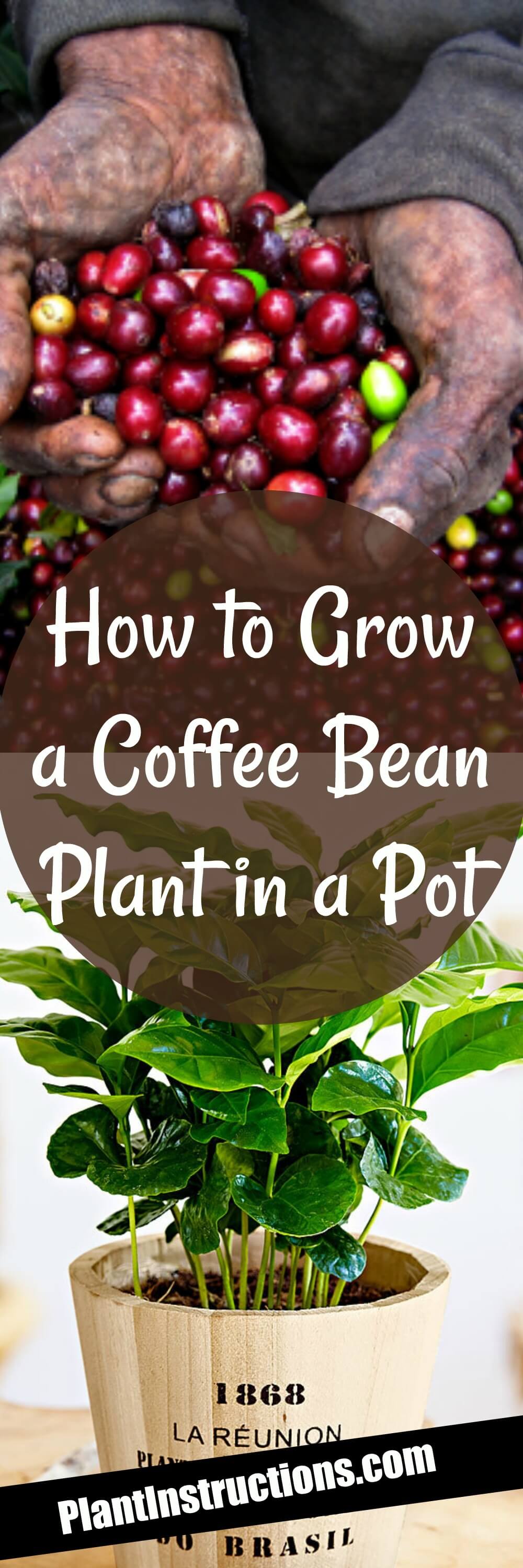From Bean to Brew: The Benefits of Homegrown Coffee
Growing your own coffee beans can be a rewarding experience, offering a level of control and customization that’s hard to find in store-bought coffee. By learning how to grow your own coffee beans, you can experiment with different roasting techniques, flavor profiles, and brewing methods to create the ultimate cup. Not to mention, homegrown coffee beans can be a cost-effective and sustainable alternative to commercial coffee. With the right guidance, anyone can successfully cultivate coffee plants and enjoy the freshest, most flavorful coffee possible. In this guide, we’ll take you through the steps of growing your own coffee beans, from planting to harvesting and roasting, so you can start enjoying the perfect cup in no time.
Choosing the Right Coffee Variety for Your Climate
When it comes to growing your own coffee beans, selecting the right coffee variety is crucial for success. With over 100 coffee species to choose from, it can be overwhelming to decide which one to plant. However, by considering your local climate and researching the best varieties for your region, you can increase your chances of growing healthy, thriving coffee plants. For instance, if you live in a region with high temperatures and low humidity, you may want to consider varieties like Robusta or Liberica, which are more tolerant of heat and drought. On the other hand, if you live in a cooler, more humid climate, Arabica varieties may be a better fit. By choosing a variety that is well-suited to your climate, you can ensure that your coffee plants receive the right amount of sunlight, water, and nutrients to thrive. In this section, we’ll provide tips on how to research and choose the best coffee variety for your region, so you can start growing your own coffee beans with confidence.
Preparing the Soil for Coffee Plantation
Before planting your coffee seedlings, it’s essential to prepare the soil to create a conducive environment for growth. Coffee plants require well-draining, acidic soil with a pH range of 5.5 to 6.5. To achieve this, you can mix in organic matter like compost or manure to lower the pH and improve soil structure. Additionally, coffee plants require a balanced diet of nutrients, including nitrogen, phosphorus, and potassium. You can use a fertilizer specifically formulated for coffee plants or a balanced, water-soluble fertilizer. When learning how to grow your own coffee beans, it’s crucial to remember that soil preparation is a critical step in the process. By creating a fertile and well-draining soil environment, you can give your coffee plants the best possible start in life. In this section, we’ll provide tips on how to test your soil, amend it if necessary, and create a nutrient-rich environment for your coffee plants to thrive.
How to Plant and Care for Your Coffee Seedlings
Once you’ve prepared the soil and obtained your coffee seedlings, it’s time to plant and care for them. When learning how to grow your own coffee beans, it’s essential to understand the importance of proper planting and care techniques. Start by planting your seedlings in a location with partial shade and well-draining soil. Water them regularly, but avoid overwatering, which can lead to root rot. As your seedlings grow, prune them regularly to promote healthy growth and encourage a strong root system. You can also start training your coffee plants to grow in a specific shape or direction, which will make harvesting easier. To prevent pests and diseases, keep an eye out for signs of infestation or infection, and use organic or integrated pest management strategies to address any issues that arise. By following these steps and providing your coffee seedlings with the right care, you can set them up for success and enjoy a bountiful harvest of fresh, homegrown coffee beans.
The Art of Coffee Plant Pruning and Training
Pruning and training are essential techniques to master when learning how to grow your own coffee beans. By pruning your coffee plants, you can promote healthy growth, increase yields, and improve flavor profiles. Pruning involves removing certain branches or leaves to allow the plant to focus its energy on producing high-quality coffee beans. It’s essential to prune your coffee plants regularly, as this will help to maintain their shape, encourage bushy growth, and prevent them from becoming leggy. Training your coffee plants involves shaping them to grow in a specific way, which can make harvesting easier and more efficient. This can be done by gently bending the branches to create a desired shape or by using trellises or stakes to support the plant. By pruning and training your coffee plants, you can optimize their growth and set them up for success. This will ultimately result in a higher-quality harvest and a more flavorful cup of coffee.
Pest and Disease Management for Coffee Plants
When learning how to grow your own coffee beans, it’s essential to be aware of the common pests and diseases that can affect coffee plants. Pests such as mealybugs, spider mites, and coffee berry borers can cause significant damage to your plants, while diseases like coffee leaf rust and root rot can be devastating. To manage pests and diseases, it’s crucial to monitor your plants regularly, looking for signs of infestation or infection. Organic pest management strategies, such as introducing beneficial insects or using neem oil, can be effective in controlling pest populations. Integrated pest management strategies, which combine physical, cultural, biological, and chemical controls, can also be used to manage pests and diseases. Additionally, practicing good sanitation, removing infected plants, and using resistant coffee varieties can help prevent the spread of diseases. By being proactive and taking steps to manage pests and diseases, you can protect your coffee plants and ensure a healthy harvest.
Harvesting and Processing Your Homegrown Coffee Beans
When learning how to grow your own coffee beans, harvesting and processing are crucial steps in bringing your coffee from tree to cup. The optimal harvest time is when the coffee cherries are ripe and ready to be picked. This can be determined by checking the color, texture, and taste of the cherries. Once harvested, the coffee cherries need to be processed to remove the outer skin and pulp. This can be done through various methods, including wet processing, dry processing, and semi-dry processing. After processing, the coffee beans need to be dried to a moisture level of around 11%, either by machine or sun drying. Finally, the beans need to be roasted to bring out the unique flavors and aromas. By mastering the art of harvesting and processing, you can unlock the full potential of your homegrown coffee beans and enjoy a truly exceptional cup.
Tips and Tricks for Achieving the Perfect Roast
When it comes to roasting your homegrown coffee beans, the goal is to bring out the unique flavors and aromas that make your coffee truly special. To achieve the perfect roast, it’s essential to understand the different roast levels, from light to dark, and how they affect the flavor profile. Temperature control is also crucial, with temperatures ranging from 350°F to 420°F depending on the desired roast level. Additionally, the roasting time and technique can greatly impact the final product. By mastering the art of roasting, you can unlock the full potential of your homegrown coffee beans and enjoy a truly exceptional cup. For those learning how to grow your own coffee beans, experimenting with different roast levels and techniques can help you find the perfect flavor profile for your unique coffee variety. With practice and patience, you can achieve a roast that is truly tailored to your taste preferences.







